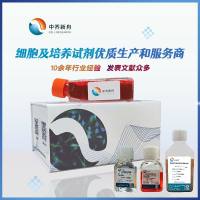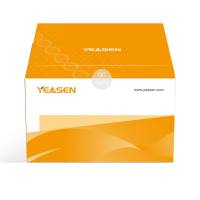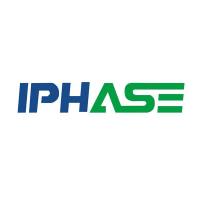Clostridium difficile Isolation and Culture Techniques
互联网
750
Clostridium difficile infection (CDI) occurs as a disease with a spectrum of severity ranging from mild, self-limiting diarrhoea to a severe colitis, pseudomembraneous colitis or toxic megacolon. The disease arises as a major complication of antibiotic therapy and is most commonly acquired in hospital. The laboratory investigation of faecal samples is supportive of a clinical suspicion that a patient has the disease. Currently the mainstay of diagnosis is the demonstration of C. difficile toxins in a diarrhoeal sample; only a few laboratories set up cultures for the organism. However, toxin tests should not be used as stand alone tests since some patients with disease do not have detectable levels of toxin in their faeces. Furthermore, other patients may have large amounts of toxin in the faeces and yet remain well. A combination of tests, therefore, should be used to help the physician to establish a diagnosis of CDI. This combination of tests should include culture (with toxin testing of the isolate), demonstration of toxin direct from the faeces and the detection of C. difficile antigen. This chapter outlines the methods used to establish the laboratory diagnosis of CDI and also includes the investigation of environmental samples when it is required to monitor them for the presence of C. difficile.









